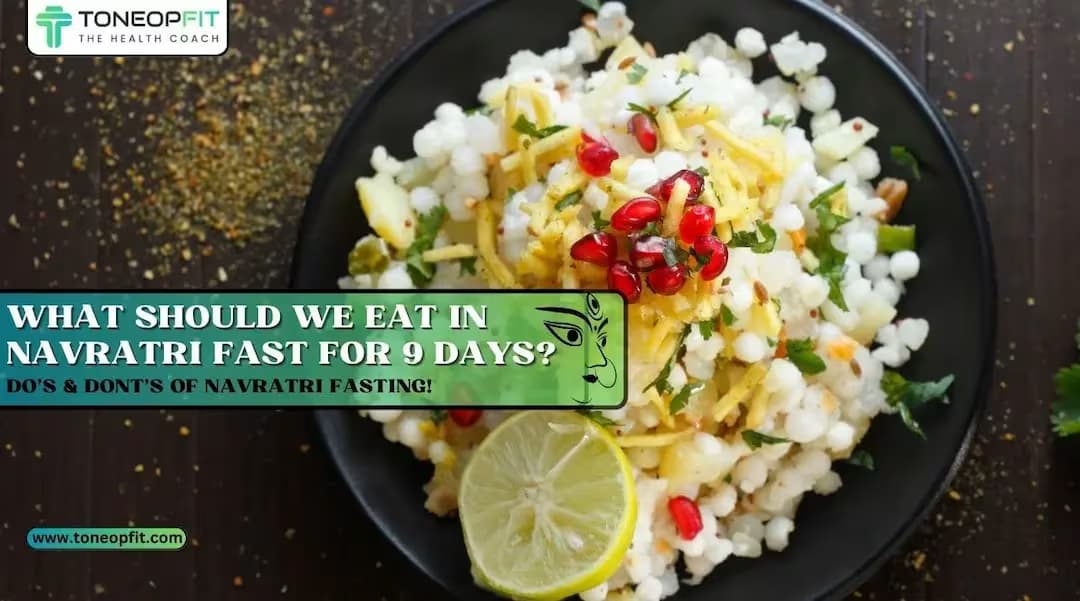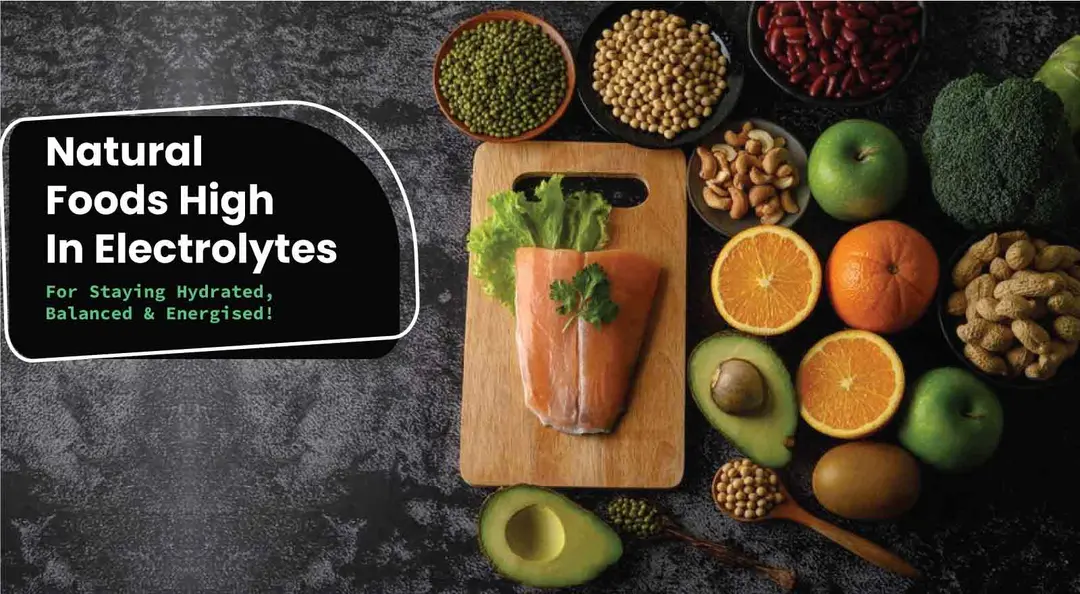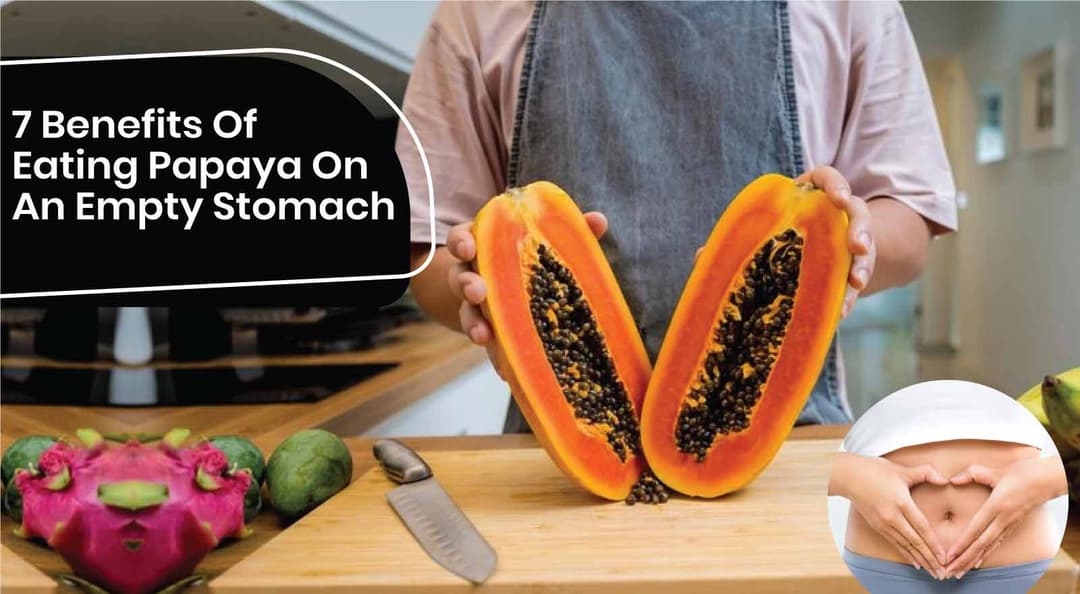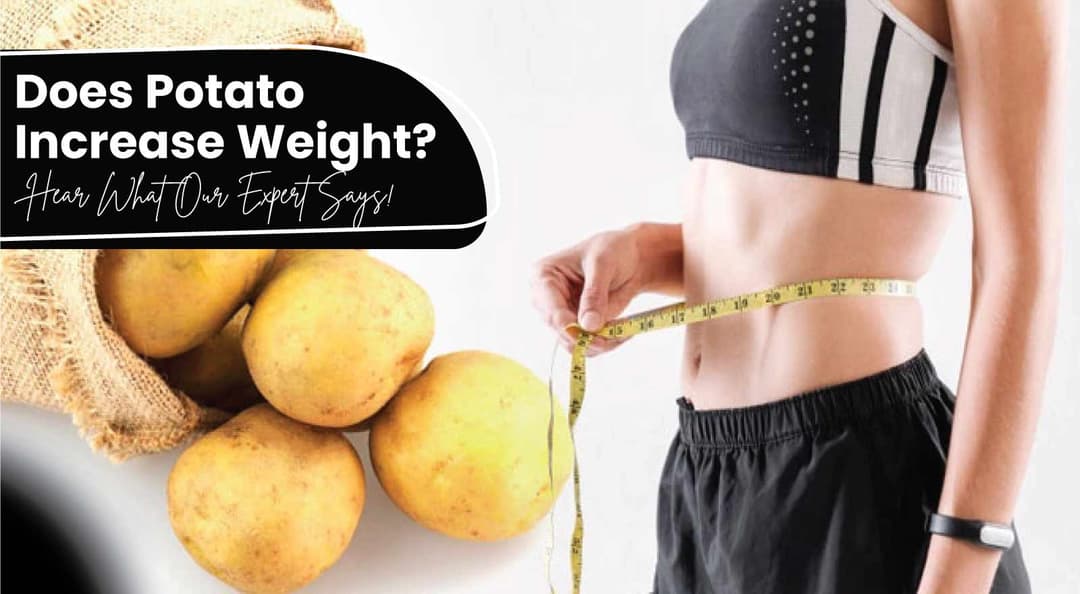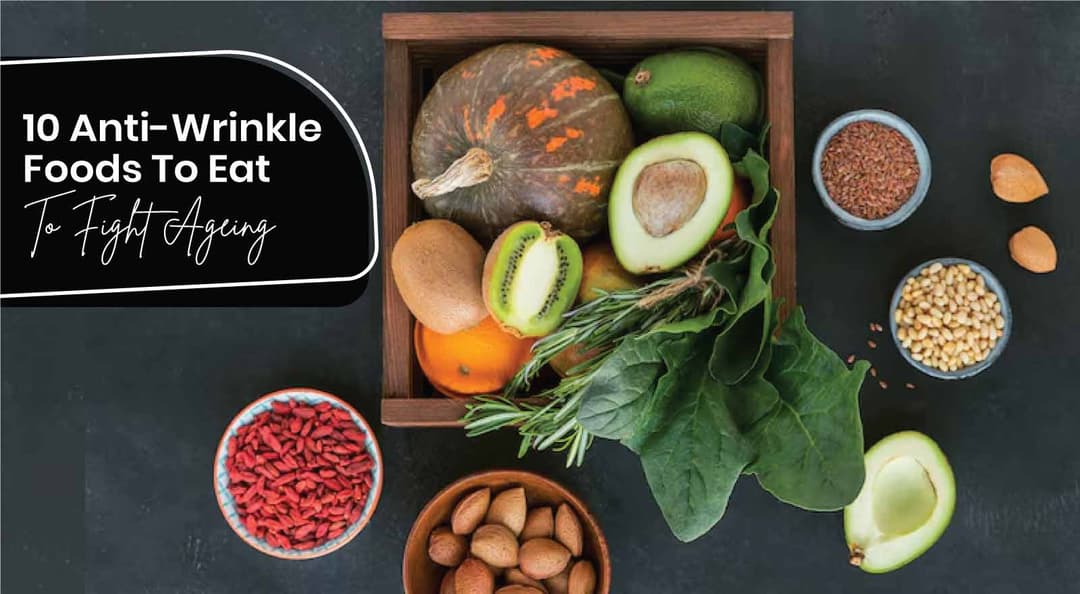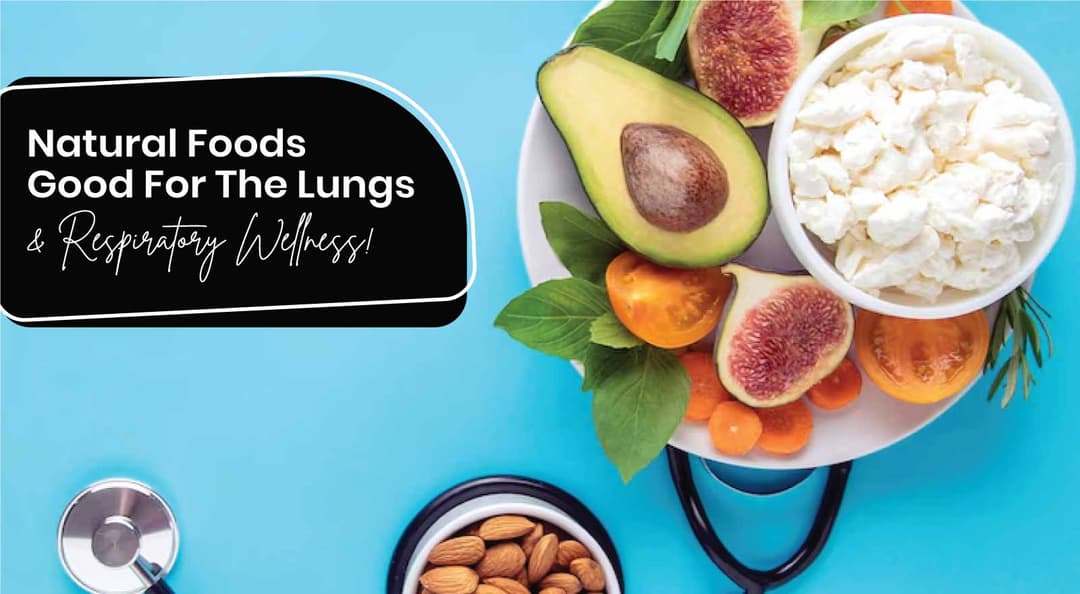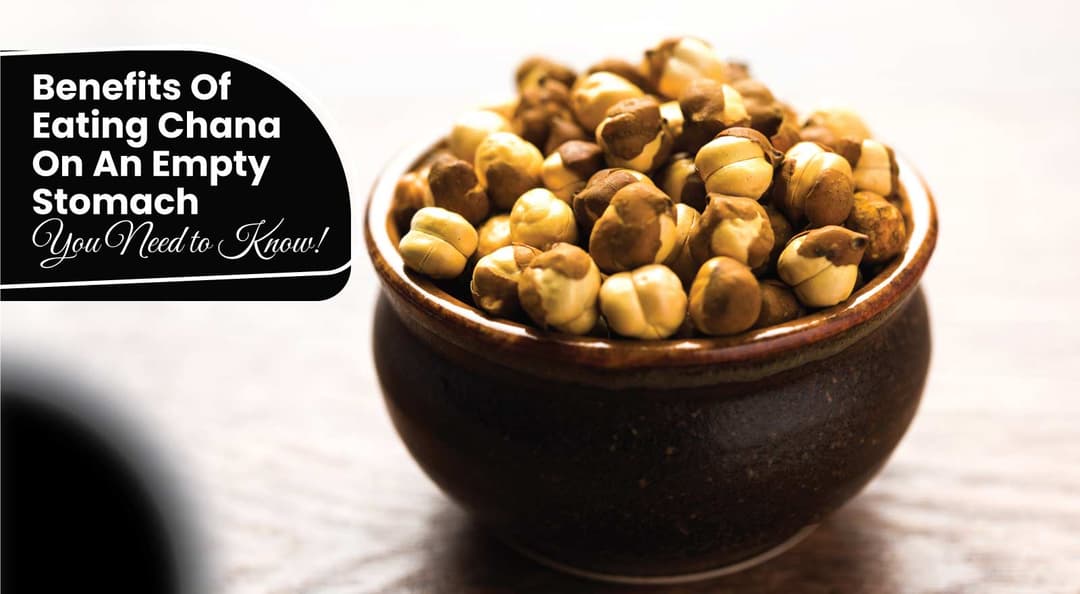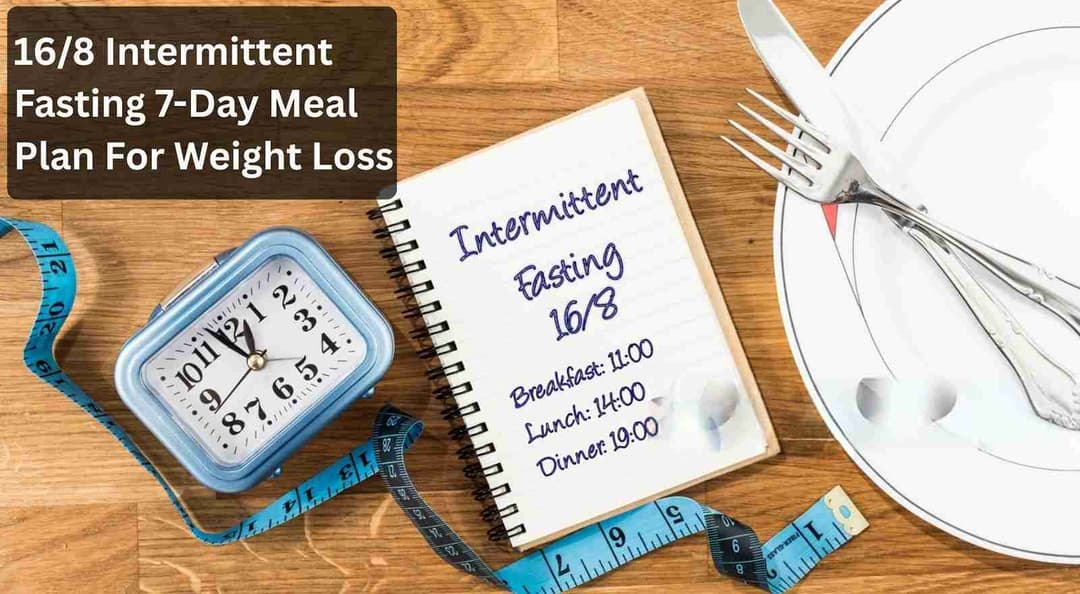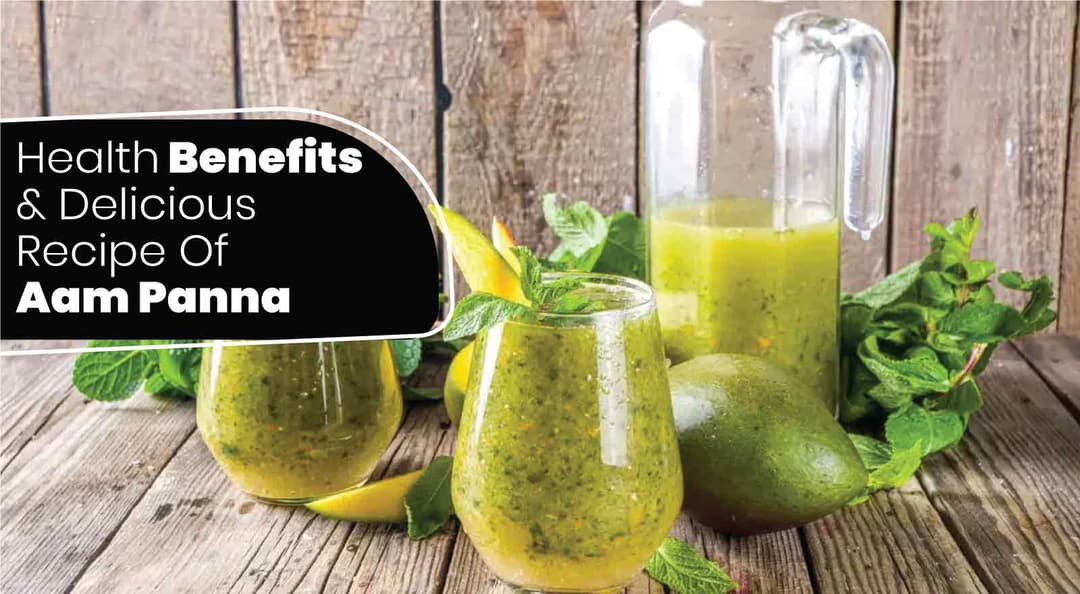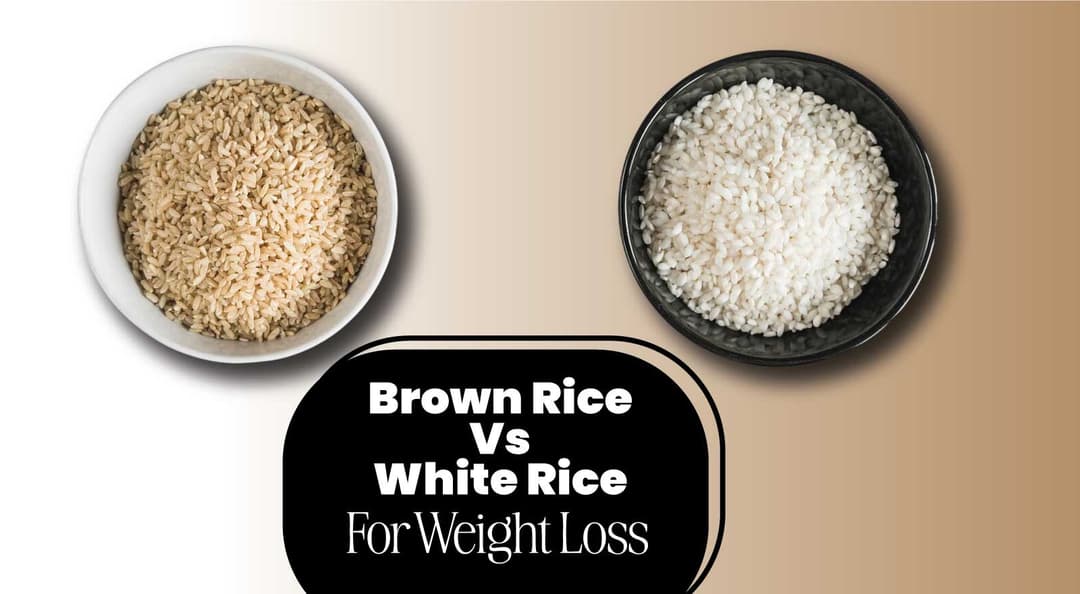Navratri is one of the most loved festivals in India and is celebrated with immense enthusiasm throughout the nation. This nine-day festival honours Goddess Durga and her nine forms through fasting, devotion, and cultural celebrations. Fasting during Navratri is seen by many as a chance to cleanse the body and renew spiritually, not just a religious duty.
During the Navratri fast, there is a set dietary plan to follow, with slight variations depending on cultural practices, but most generally adhere to it. This blog will discuss the norms around fasting, answer the burning question, “What should we eat in Navratri fast for 9 days?” and share healthy recipes that you can add to your celebrations.
Table Of Contents
1. Navratri Fasting Guidelines (Do's And Don'ts)
2. Navratri Fasting Food Recipes
3. Dietitian’s Recommendation
4. The Final Say
5. FAQs
6. References
Navratri Fasting Foods and Guidelines (Do's And Don'ts)
Do Garba and eat vrat food for a majani festival.

Fasting during Navratri holds great spiritual significance, symbolising self-discipline, purification of the mind and body, and devotion to Goddess Durga. The fasting ritual is also believed to help detoxify the body and promote physical well-being.
Traditionally, Navratri falls during seasonal transitions, where a change in weather can make the body susceptible to illnesses. The light and easily digestible foods consumed during the fast are thought to help the body adjust to these changes, boosting immunity and digestion.
Do’s of Navratri Fasting Guidelines Are
1. Eat Satvik (Pure And Light) Food
Satvika is not really boring!
Satvik foods aid in digestion and support physical and mental purity. These include fresh fruits, dairy, vegetables (like pumpkin, sweet potato, bottle gourd), and pseudo-cereals such as buckwheat (kuttu), water chestnut flour (singhara), and amaranth (rajgira).
2. Include Hydrating Foods
Hydration always comes first.
Drink plenty of fresh fruit juices, coconut water, lemon water, milk and honey to stay hydrated and flush out toxins. Herbal teas such as ginger, tulsi, and mint teas are excellent for aiding digestion and keeping the body hydrated.
3. Use Rock Salt (Sendha Namak)
Not your regular salt, mind you!
Instead of regular salt, use rock salt (sendha namak), which is considered pure during fasting and beneficial for maintaining electrolyte balance.
4. Choose Healthy Fats
Fasting = Weight management
Cook your food with ghee, coconut oil, or peanut oil. These healthy fats are nourishing and provide essential energy during fasting.
5. Eat Fruits And Dry Fruits
Best supporting actors to your vrat ka khana.
Include fresh fruits like apples, bananas, papayas, pomegranates, and seasonal fruits to get vitamins, fibre, and antioxidants. Dry fruits like almonds, cashews, walnuts, and raisins are great healthy fats, proteins, and energy sources.
6. Include Dairy
Dairy products do really give you strength; your mom has always been right!
Milk, paneer, yoghurt, and buttermilk provide calcium, protein, and probiotics, which are beneficial for health and help keep people satisfied for extended periods.
7. Keep Meals Small And Frequent
Eat little, fast in the true sense.
Instead of large meals, eat smaller portions throughout the day. This will help maintain steady energy levels and improve digestion.
8. Add Cumin, Ginger, And Lemon
Make fasting flavourful
These natural herbs and spices are great for digestion and help boost metabolism during fasting. For better flavour and health benefits, include cumin seeds, ginger, lemon, and black pepper in your food.
Also Read: 10 Dietitian-Recommended Tips For Intermittent Fasting For Beginners
Don'ts of Navratri Fasting Guidelines Are
1. Avoid Grains And Lentils
Say no to wheat and rice.
Grains like wheat, rice, and lentils are prohibited during Navratri fasting. Instead, you can consume pseudo-cereals like samak rice, buckwheat, and amaranth.
2. Do Not Consume Regular Salt
Your regular salt is a big no!
Regular salt (table salt) is restricted during the Navratri fast. Instead, use pure, unrefined rock salt (sendha namak).
3. Avoid Non-Vegetarian Foods
Avoid non-veg at all costs!
The Navratri fast is strictly vegetarian. During this period, avoid all forms of meat, fish, poultry, and eggs.
4. Say No To Processed Foods
Weight loss karna hai, gain nahi.
Avoid packaged and processed foods like chips, cookies, namkeen, and fried snacks, as they may contain additives, regular salt, and grains. These can lead to bloating and defeat the purpose of detoxification.
5. Avoid Onion And Garlic
Skip onion, skip garlic.
In Ayurveda, onion and garlic are considered “tamasic,” which means they promote lethargy and anger. Fasting during Navratri encourages a Satvik diet, which excludes these ingredients.
6. No Caffeine Or Carbonated Drinks
Sadly, your coffee cannot fix this.
Avoid caffeinated beverages like coffee, as well as soft drinks and sodas. These can dehydrate you and disrupt your digestion. Opt for herbal teas, coconut water, or fresh fruit juices instead.
7. Limit Fried Foods
Limit, restrict and actually skip.
Though some fried foods like sabudana vada and kuttu ki puri are allowed, try not to overindulge. Excessive fried food can make you feel sluggish and disrupt the detox process.
ToneOp Care’s 360 Nourish Combo is a vrat-friendly combination of Vitamin 360 Tablets, Wheatgrass Powder and Alfalfa Powder to enhance your energy levels even when you are fasting for 9 days or less.
Also Read: Fuel Your Workout With These 7 Top Foods For Muscle Recovery And Growth
Navratri Fasting Food Recipes
You can include the following recipes in your Navratri fast:
1. Vrat Ki Kadhi
Kadhi chawal, but vrat-ified.
A comforting dish, vrat ki kadhi is made with spices such as cumin, ginger, green chillies, and yoghurt. Nutrient- and probiotic-rich, it is a nourishing supplement to your Navratri meals, satisfying your hunger and aiding with digestion.
Ingredients
- Fresh curd (yoghurt): 1 cup
- Amaranth flour (rajgira atta): 3 tbsp
- Cumin seeds: ½ tsp
- Water: ½ cup
- Sugar: ½ tsp
- Ginger-green chilli paste: 1 tsp
- Ghee or peanut oil: 2 tbsp
- Chopped coriander leaves: 1 to 2 tbsp for garnish
- Peanut powder- 1 tbsp
- Powdered rock salt for taste
Preparation Method
- Place one cup of fresh yoghurt into a mixing bowl. Beat it until it is creamy.
- Next, add 3 tablespoons of rajgira atta or amaranth flour and 1 tablespoon of peanut powder. Blend thoroughly once more.
- To this, pour half a cup of water and whisk the whole mixture very well. Keep it aside.
- In a pan, heat 2 tbsp ghee or peanut oil. Add cumin seeds and let them splatter.
- Then add ginger chilli paste and let it cook for 2 minutes on medium flame.
- Reduce the heat and add the curd mixture afterwards. Add powdered rock salt (sendha Namak) as required. To this you can add sugar as per your taste.
- Mix thoroughly and let the rajgira kadhi simmer. Continue stirring until it becomes thick.
- Top with chopped coriander and serve kadhi hot or warm with some pulao or some khichdi.
2. Makhana Kheer (Fox Nut Pudding)
Desserts after meals, yes, pleassssee!
A tasty and nourishing dessert ideal for Navratri is Makhana Kheer. Makhana Kheer, which is high in protein, fibre, and antioxidants, gives you energy and nourishment while fast. It is a festive favourite because of its rich, velvety texture and wonderful sweetness, which provide a healthy approach to satisfy your sweet cravings while honouring the traditions of Navratri.
Ingredients
- Makhana (fox nuts)- 1 cup
- Milk: 3 cups
- Sugar- ½ cup
- Cardamom powder- ½ teaspoon
- Ghee-1 tablespoon
- Chopped almonds, cashews and ToneOp Care’s Sunflower Seeds and Pumpkin Seeds- A handful
Preparation Method
- Heat ghee in a pan and roast the makhana until they turn crispy.
- Heat the milk in a different pan until it boils.
- Combine the roasted makhana with the milk and simmer over low heat for 10-12 minutes, stirring occasionally.
- Mix in sugar and cardamom powder. Keep cooking until the mixture becomes thicker.
- Decorate with diced almonds, cashews and seeds. It can be served either warm or cold.
3. Sabudana Cheela (Sabudana Thalipeeth)
Sabudana is clearly vrat’s best friend.
Sabudana Cheela is a nourishing dish ideal for Navratri's fasting day. It contains Sabudana carbohydrates and gives you a quick energy boost, so it's perfect for people who are fasting. Sabudana Cheela is a tasty and filling option for the festive season, and it's typically eaten with yoghurt or chutney.
Ingredients
- Overnight soaked sabudana- ½ cup
- Potatoes(boiled)- 1 big
- Lemon juice- 1 tbsp
- Jeera- ⅓ tsp
- Green chilli finely chopped - 2
- Ginger grated- 1 tsp
- Powdered peanuts- 1 tbsp
- Coriander leaves chopped- 2-3 tbsp
- Sendha namak- as per taste
- Ghee or peanut oil- 1 tbsp
Preparation Method
- Take a bowl, add soaked sabudana and mashed boiled potato, then add all the other ingredients except oil and mix well. Make sure the mixture is not so hard; it should be soft to make thalipeeth with your hands.
- Heat the pan and add oil or ghee. Take small portions of the dough, roll them out with your hands, and put them on the tava. Let them cook on medium flame on both sides and serve with green coriander chutney.
4. Kuttu Ki Roti
Roti, but a different version.
Made of kuttu ka atta, this gluten-free choice is perfect for people watching the event because it is easy to digest and nutritious. Kuttu Ki Roti, full of vital minerals, fibre, and protein, gives you steady energy all day.
Ingredients
- Kuttu ka atta- 1 cup
- Boiled potato, mashed- 1
- Cumin seeds- ½ tsp
- Rock salt- As per taste
- Ghee - 1 tbsp
Preparation Method
- In a bowl, mix kuttu flour, mashed potato, salt, and cumin seeds (if using). Add water gradually to form a smooth dough. The potato will help bind the flour together.
- Roll out the dough into little balls and serve as rotis.
- Heat a tawa (griddle) and fry the roti in ghee till golden brown on both sides.
- Serve with yoghurt or aloo Sabzi.
Also Read: Slim Down Fast with 20 Foods Without Calories: Try These Zero-Calorie Foods Today!
Dietitian’s Recommendation
Focus on energy-boosting foods and a detoxifying diet during Navratri for optimal health. Choose pseudo-cereals such as samak rice, buckwheat, and amaranth for essential carbohydrates and fibre. Add fresh yoghurt and dried fruits to enhance immune function and promote digestion.
Opt for rock salt (sendha namak) to replenish electrolytes and steer clear of processed foods, caffeine, and heavily fried items. Use nutritious fats such as ghee or coconut oil to feel full, and drink coconut water or herbal teas to stay hydrated. Focus on consuming easily digestible foods and portion control to maintain consistent energy levels and detox benefits during the fast.
Health Expert
Akshata Gandevikar
The Final Say
Navratri is a period for dedication, cleansing, and self-reflection. Although fasting is a significant part of the festival, following a healthy and nourishing diet is crucial to ensure stable energy levels and aid your body's detoxification processes.
Eating fruits, vegetables, pseudo-cereals, and healthy fats can help you stay energetic and healthy during the entire nine-day fasting period. Whether participating in a rigorous fast or choosing to have simpler meals, keep in mind that Navratri's core is devotion and self-control.
FAQs
1. Which flour can be used in Navratri falahari food?
During Navratri, grains like wheat are avoided. Instead, use flours made from buckwheat (kuttu ka atta), amaranth (rajgira), or water chestnut (singhara). These flours are gluten-free, provide energy, and are easy to digest. You can use them to make rotis, parathas, or puris as part of your fasting meals.
2. Is rice a Navratri fasting food?
Regular rice is not allowed during the Navratri fast, but you can consume samak rice (also known as barnyard millet), which is a popular alternative. It resembles rice but is gluten-free and considered a "pseudo-cereal," making it suitable for fasting. It can be cooked as pulao, khichdi, or upma and is light on digestion.
3. Are Navratri fasting food vegetarian?
Yes, Navratri fasting food is strictly vegetarian and even avoids onion and garlic.
4. Mention some Navratri fasting food in India.
Some easy-to-make Navratri fasting foods in India are:
- Kuttu ki roti
- Makhane ki kheer
- Sabudana khichdi
- Sabudana cheela
- Vrat ki kadhi
References
- https://economictimes.indiatimes.com/news/new-updates/navratri-2024-fasting-rules-dos-and-donts-rules-to-follow-during-9-days-fast/articleshow/113878493.cms?from=mdr
- https://www.vegrecipesofindia.com/navratri-recipes-navratri-fasting-recipes/
- https://www.livemint.com/news/india/navratri-2024-fasting-rules-do-s-and-don-ts-for-devotees-observing-fast-11727971334557.html
About ToneOp Fit
ToneOp Fit is a platform dedicated to improving and maintaining good health through a comprehensive range of goal-oriented health plans with up to 3 Coach support. With a range of Weight Management, Medical Condition, Detox Plans, and Face Yoga Plans, the app also provides premium health trackers, recipes and health content. Get customised diet, fitness, naturopathy & yoga plans and transform yourself with ToneOp.











